You are here
Back to topMalaysia To Expand Durian Production After China Export Deal
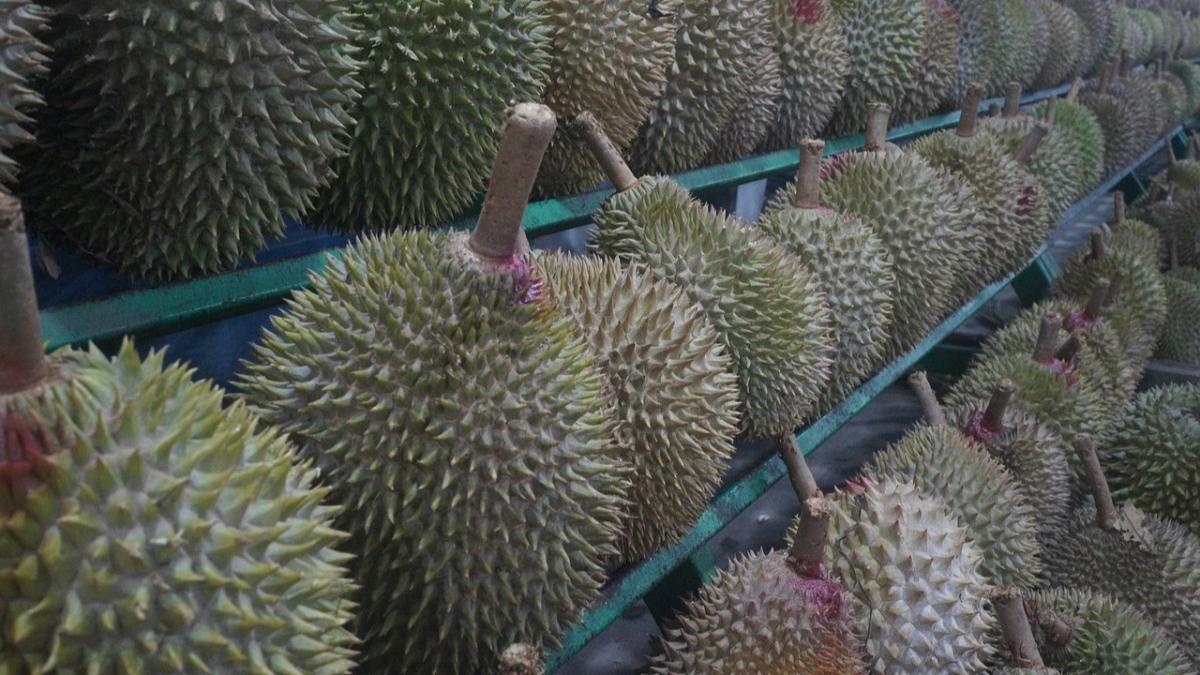
On June 20, representatives from China and Malaysia signed an agreement permitting fresh Malaysian durians to be exported to China. Following this development, Datuk Seri Mohamad Sabu, Malaysia’s Minister of Agriculture and Food Security, urged Malaysian durian farmers to begin large-scale cultivation now, with the goal of increasing the quantities of the fruit available for export to this lucrative market.
Durian trees typically require at least five years after planting to begin bearing fruit. The minister confirmed that the Malaysian government would continue to provide support and assistance to entrepreneurs to ensure that durians produced on local farms are of high quality and suitable for export to China.
Malaysia began exporting frozen durian products to China in 2011 and was approved to export frozen whole durians in 2018. China is one of the main export markets for Malaysian durians, with the export value reaching 887 million Malaysian ringgit ($187.9 million) in 2022.
The Malaysian Musang King variety is the most well known in China, but its slightly bitter taste has limited its consumer acceptance. In recent years, the sweeter Black Thorn variety has gained popularity among Chinese consumers. As a result, many Malaysian durian farmers have switched to planting more Black Thorn durians.
In 2022, Malaysia’s durian production was 455,458 metric tons, and this is expected to increase by 11% to 505,853 metric tons by 2025. According to data from the Malaysian Ministry of Agriculture and Food Security, Black Thorn durians currently represent just 1% of total durian production, while Musang King durians account for 36%. Kampung durians, which are primarily consumed domestically, make up 38% of total production, while D24 durians account for 11%.
China imported approximately 90,000 containers of durians last year, with about 60,000 containers coming from Thailand and 20,000 originating from Vietnam. Exports from other countries, including Malaysia and the Philippines, make up less than 10% of the Chinese durian market. With the signing of the new agreement, export volumes of fresh Malaysian durians to the Chinese market are expected to rise significantly.
Image: Pixabay
This article was translated from Chinese. Read the original article.



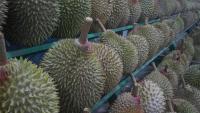
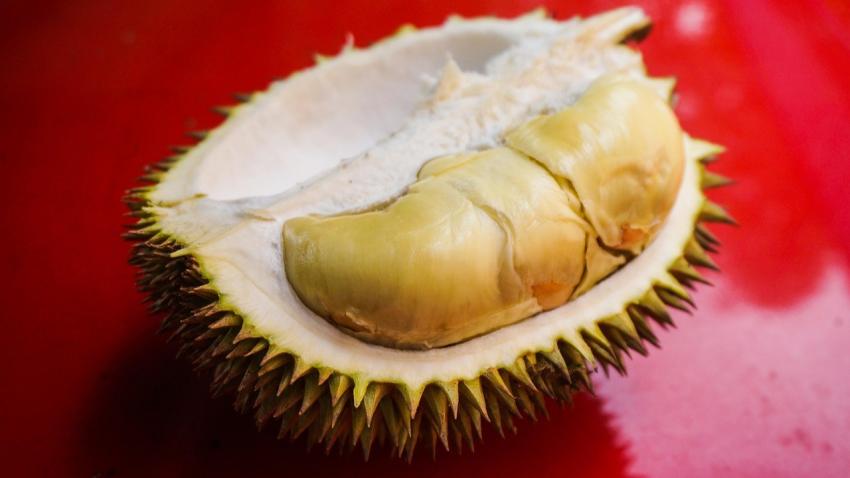
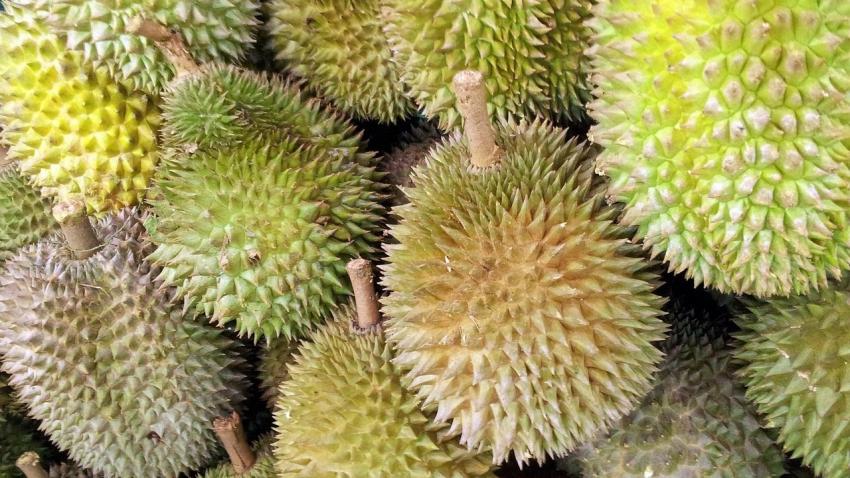
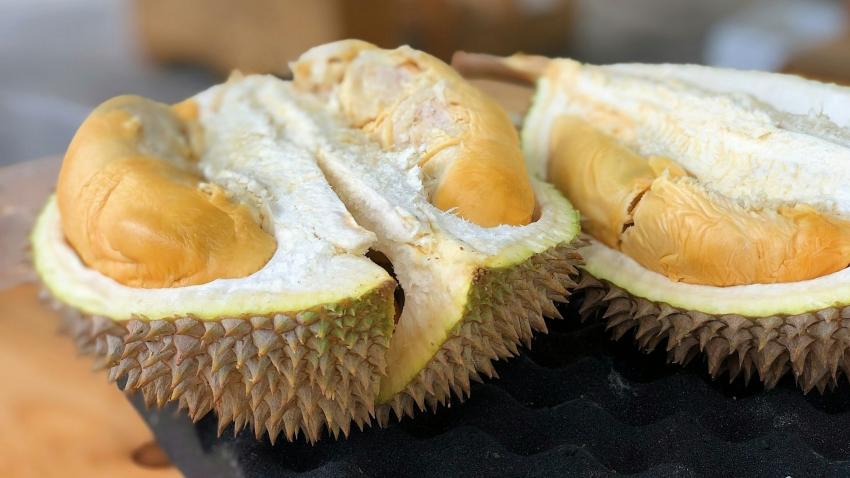








Add new comment